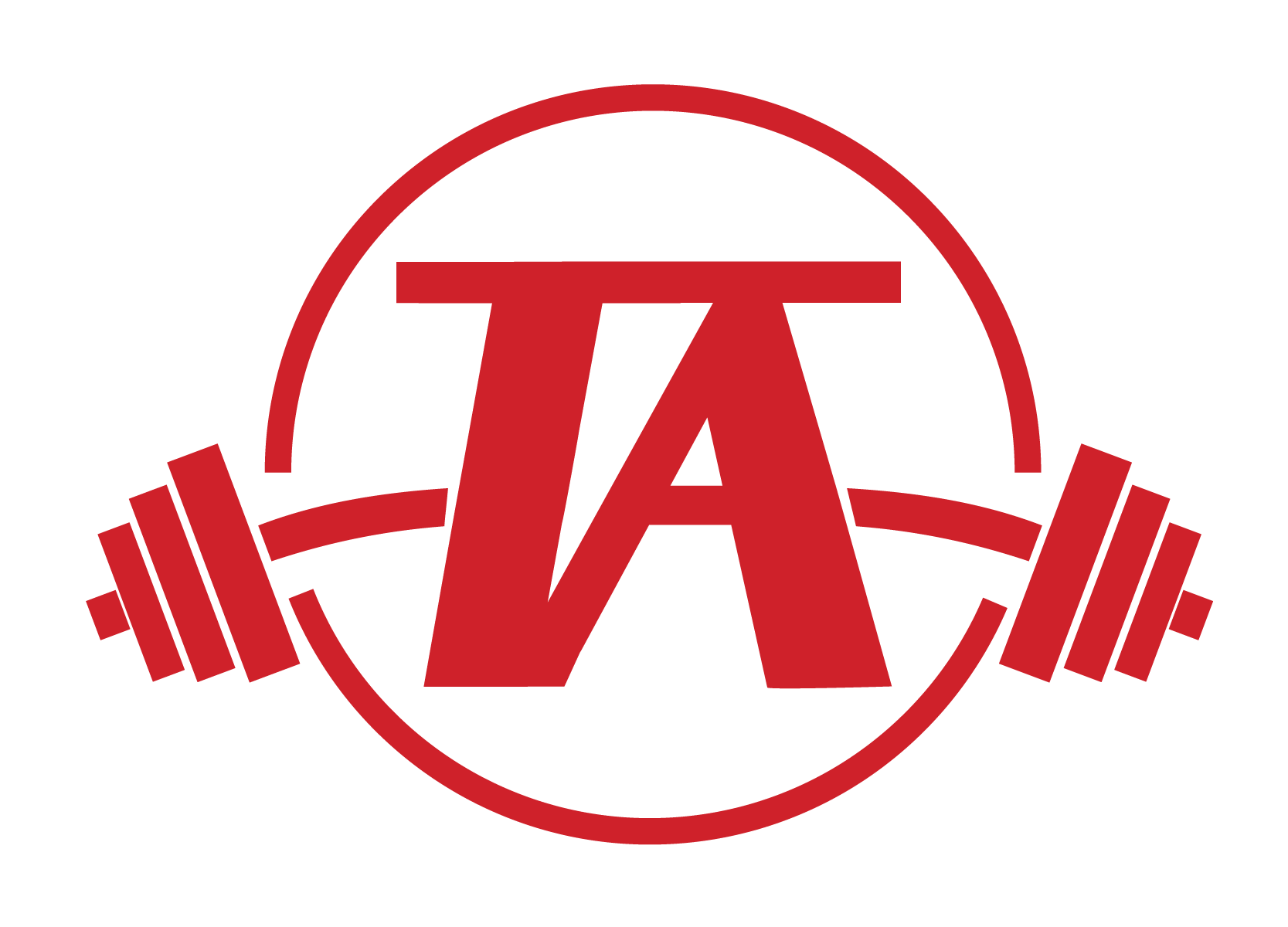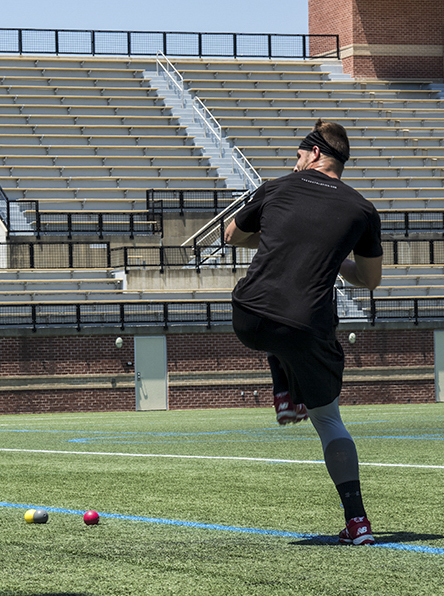With COVID-19 delaying and cancelling many baseball seasons, pitchers are finding themselves in limbo. Do they continue to throw as if the season is happening next week? Do they shut down? Do they treat it like the offseason? A deload can work well in this situation and I’ll lay out how you can do that and still rebuild your throwing volume and intensity safely in order to be ready to compete when the time comes.
What is Workload Management?
Workload management IS NOT just playing less as many NBA coaches would have you believe. Workload management is the use of objective and subjective data to quantify an athlete’s fitness vs. fatigue, which may provide valuable insight into injury risk. This metric is known as the acute to chronic workload ratio (A:C).
The “acute workload” is defined as the amount of “work” an athlete has done over the last week. Whereas, the “chronic workload” is defined as the amount of “work” an athlete has done over a period of time, such as the previous four weeks. The chronic time period can be shorter or longer depending on the sport, schedule, or preference of the practitioner. The acute workload is representative of fatigue and the chronic workload is representative of the overall fitness level.
Based on the research by Tim Gabbett and others, an A:C ratio between 0.8 and 1.3 seems to be the “sweet spot” for improving fitness while minimizing injury risk, and an A:C ratio greater than 1.5 is associated with a higher risk of injury (Blanch and Gabbett, 2016) (Hulin et al., 2014) (Motus Global, 2017).
How can we apply this?
The A:C ratio is calculated by dividing the current week’s number of throws by the average of the previous four week’s throws.
| Number of Throws | Average | |
| Week 1 | 550 | 566.25
|
| Week 2 | 575 | |
| Week 3 | 560 | |
| Week 4 | 580 | |
| Week 5 | 600 | A:C Ratio: 600/566.25 = 1.06 |
This means this pitcher has a negative workload balance or is slightly fatigued this week. Based on the numbers I outlined earlier, this pitcher is still in a safe zone, and depending on the time of year a negative workload balance may be necessary as it will help build fitness over the long term.
The problem with this model (exclusively measuring external load) is that is does not differentiate between low, moderate, and high intensity throws. This can be problematic as intuitively we know that 100 high intensity throws are far different than 100 low or moderate intensity throws. If you have a tool like a Motus sleeve this will be quantified for you, but if you don’t we have to find another method for determining the relative stress from different throwing intensities.
Accounting for both internal and external load can be done by multiplying the external load, number of throws in this case, by rate of perceived exertion (RPE). This will then give you arbitrary units (AU). For example:
100 throws x 9 RPE = 900 AU
With or Without a Radar Gun
In order to quantify the relative intensity of a throw we must first know the athlete’s peak velocity. Once we have peak velocity we can divide throwing intensity into different velocity zones. However, if a radar gun is unavailable RPE will be a necessary substitute.
| Intensity | % Peak Velocity | RPE Range |
| High | 90% and above | 8-10 |
| Moderate | 70-90% | 6-7.5 |
| Low | 50-70% | 4-5.5 |
Note: Throwing below 50% effort has little training value outside of a rehabilitation context. So, if you are healthy and feel the need to throw below this intensity, take the day off throwing instead. RPE does not scale linearly with velocity (Melugin et al., 2019) so I’ve deliberately low-balled it on moderate and low intensity days to make sure the intensity stays in the desired zone.
Quantifying Throws
Now that we’ve categorized the various levels of throwing intensity we must quantify throwing load. The following chart shows how much each throw will be worth.
Based on data Driveline published using the Motus sleeve to quantify the difference in stress between their “high” and “low” intensity plyo ball throwing days I’ve quantified the relative stress of each throwing category. In their study Driveline showed a 10-15% increase in stress between their “high” and “low” intensity plyo days (O’Connell et al., 2017). Based on the velocity differences they found between the two days I would categorize their “low” intensity day as a moderate intensity day, so that led to moderate intensity being the baseline for this system. Also, the majority of a pitcher’s throwing is done in the moderate intensity range as it offers significant transfer to high effort throwing due to the minimal changes in movement, but still allows for frequent throwing due to the reduced stress and reduced recovery length.
| Intensity | Relative Value |
| High | 1.15 |
| Moderate | 1.0 |
| Low | 0.85 |
It is important to note that individual differences will also have an effect here as absolute velocity will play a role in the stress an athlete induces. That is, high intensity throwing for a 95mph pitcher is likely different than a 70mph pitcher (Sonne, 2016) and (O’Connell et al., 2017). But for now, we will not be accounting for that.
Deloading and Reloading
Now that we’ve laid out the logic for how to measure throwing load, let’s talk about how to deload and reload effectively. The three options we’ll discuss are reducing your throwing load by 25%, 50%, and a complete shutdown. These are conservative, moderate, and extreme options. You can decide which group you fall into based on how you feel (fatigued or fresh), relative performance level (how good are you compared to others in your age group), and when your summer season is likely to begin.
25% Reduction
If you reduce your throwing load by 25% you will need a minimum of two weeks to rebuild your throwing load safely. If we assume that your current chronic throwing load is 600-Calculated based on 5 days/week throwing, ~80-120 throws per day, with 1-2 high intensity days/week. A 25% reduction in throwing load brings us to 450. In order to reload safely to 600, you should not exceed an acute increase in throwing load of 30% per week, or a 1.3 A:C ratio (the top of the “safe” range discussed earlier). This means that 135 is the most you can add each week, thus taking two weeks to fully reload.
Practically, this may look like this:
- Reduce the number of throwing days from 5 to 4 in week 1 of the deload
- Cap the throwing intensity at 80% throwing velocity or 7-7.5 RPE
- In week 2 of the deload, add the fifth throwing day back in, or increase volume of the four days
- Reach an intensity of 90% velocity, or 8-8.5 RPE
- By week 3 your volume will be back to its pre deload level and your intensity can return as well
50% reduction
A 50% reduction in throwing load will require a minimum of three weeks to rebuild safely. See the example above for the mathematical explanation.
Practical Application:
- In week 1, reduce throwing frequency from 5 days to 3 days/week
- Cap throwing intensity at 70% max velocity or 5.5 RPE
- In week 2, add the fourth day of throwing back in
- Increase throwing intensity to 80% max velocity or 6.5-7 RPE
- In week 3, add the fifth day of throwing back in
- Increase throwing intensity to 90% max velocity or 8-8.5 RPE
- By week 4 your volume will be back to its pre deload level and your intensity can return as well
Complete Shutdown
A complete shutdown will require a bit more time to reload safely from, and the length of time will be based partially on how long the complete shutdown is. A shutdown of one week will require a minimum of four weeks to reload (at this point in the season/offseason more than one week off from throwing seems ill-advised). However, six weeks is likely a better option for a reload as it will give the athlete the exposure to high effort throwing for multiple weeks prior to stepping back on a mound.
Practically:
Full on-ramp for 4 weeks
Then
2 weeks of high intensity throwing prior to mound work beginning
Conclusion
Due to the uncertain nature of the current situation a deload from throwing is an acceptable option provided that it is done in a relatively safe and science-backed manner. If you’re going to deload your throwing volume, be sure to provide yourself adequate time to rebuild to your previous load before attempting to return to competition. Use the tool I’ve provided here to track your throwing load, whether you decide to deload or not.
If you’re interested in an individualized remote training program, contact me here!

